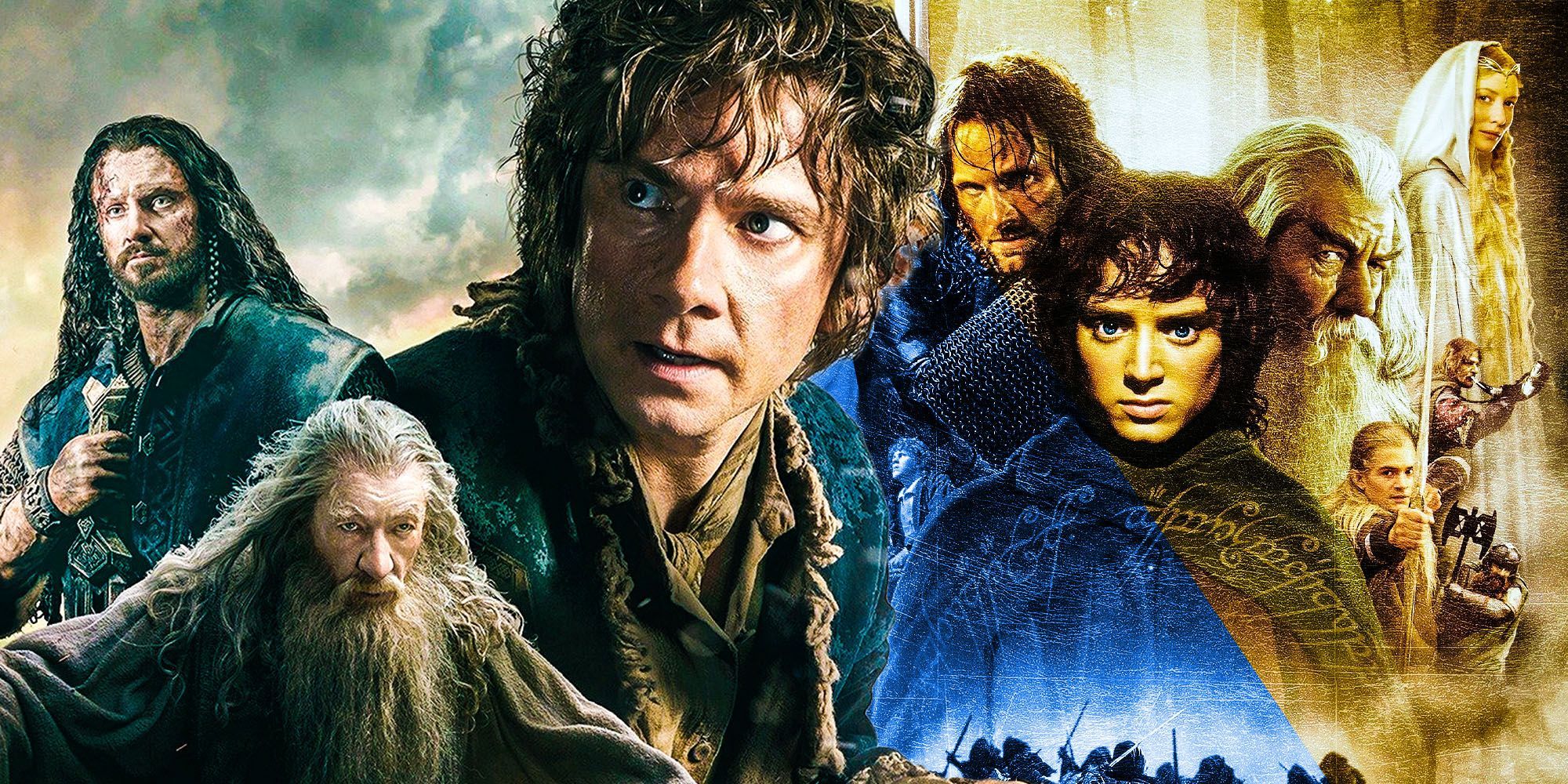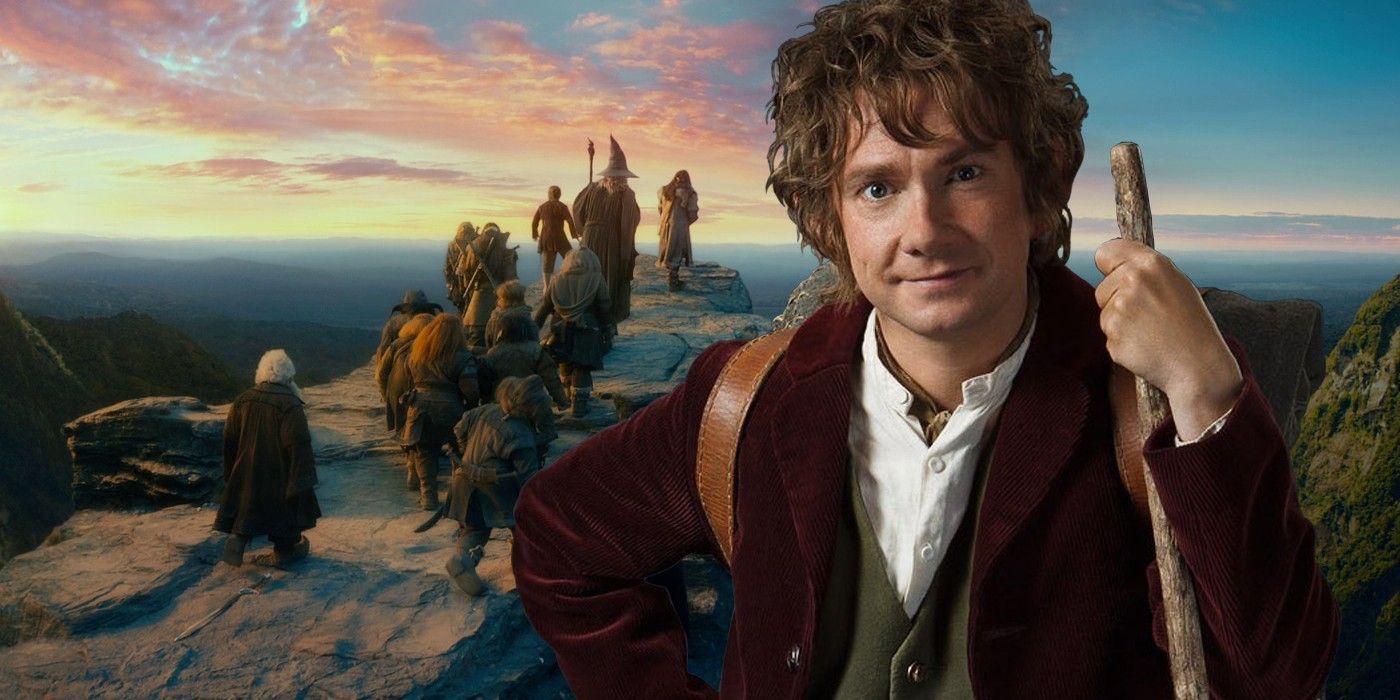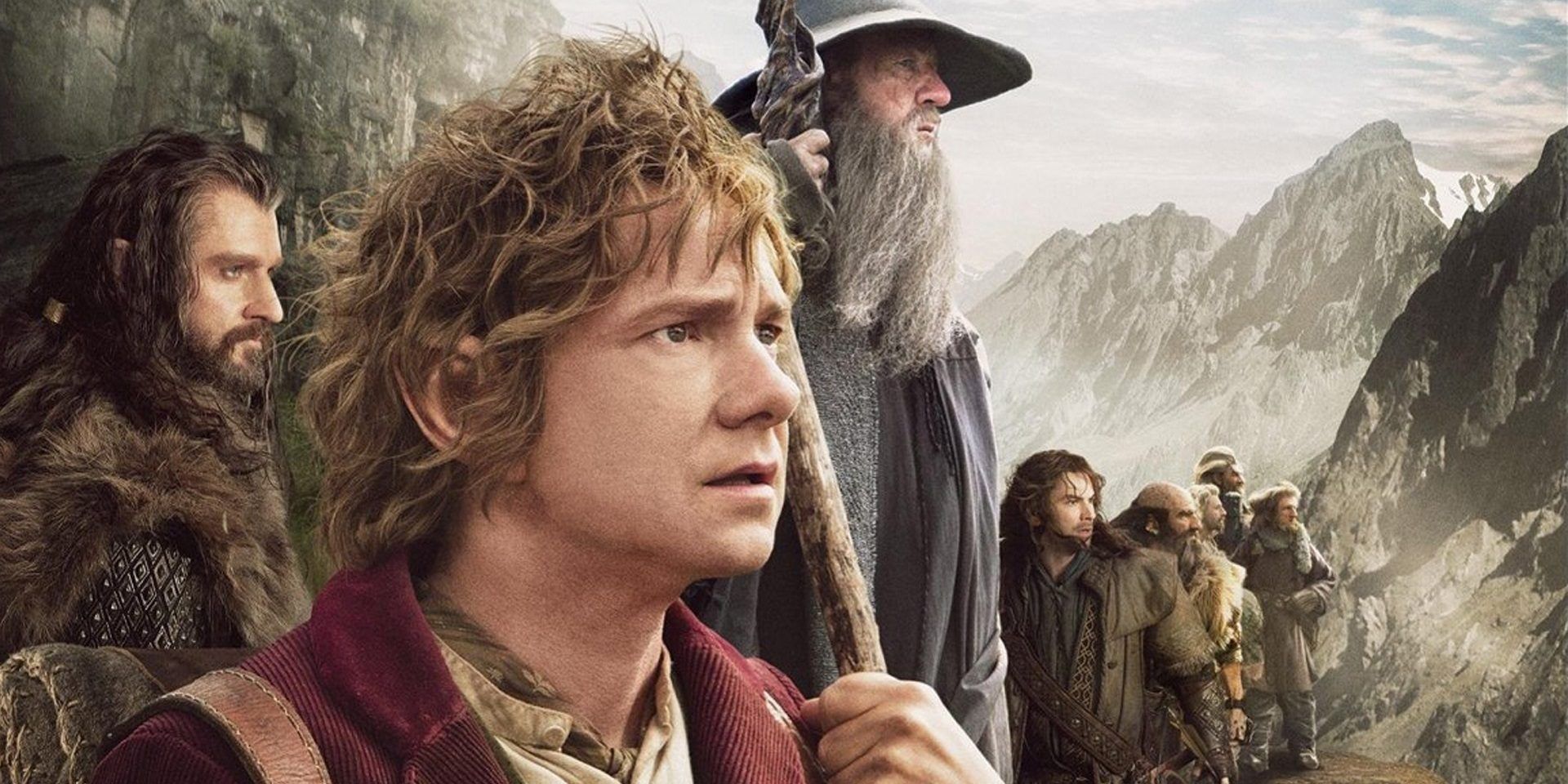
The Hobbit prequel trilogy was not nearly as well developed as The Lord Of The Rings trilogy that came years before it. Both trilogies were directed by Peter Jackson, but The Hobbit doesn't even come close to hitting its mark. There are several reasons for this including a change in director, a lack of preparation time, and the company's insistence on making The Hobbit book into three separate movies. Fans can agree that the prequel trilogy felt thin and stretched, like butter scraped over too much bread.
Initially, Peter Jackson wanted to make The Hobbit before The Lord of the Rings back in mid-1990. But the rights to Tolkien's novel were not available, so Jackson proceeded to make The Lord of the Rings. New Line Cinema gave him creative freedom, and he was able to make the films he wanted. When it came time to make The Hobbit, most people would probably assume Peter Jackson would resume the role of director. However, due to some personal conflicts between Jackson and New Line Cinema, he was initially only supposed to be a producer as the production company did not want him in the driver's seat for The Hobbit, nor did Peter Jackson want to compete with his previous trilogy.
RELATED: The Lord Of The Rings Series Will Be Amazon's Most Expensive Mistake
Guillermo del Toro was the original chosen director. He and Peter Jackson worked on the script together. Del Toro spent two years in pre-production of The Hobbit. But due to financial issues the production company MGM was having, the project was not able to be green-lit. Del Toro had to step down as director due to schedule conflicts since he could not wait around forever for the company to get its business in order. So, Peter Jackson had to step in. But, not only did he get almost zero prep time to gather his ideas and make changes, he was under strict control by Warner Bros. He was not given the time or creative freedom he had in the LOTR trilogy. And he basically had to take someone else's movie notes, try to decipher them, and make a movie based just on that.

Even worse, Guillermo del Toro's The Hobbit was supposed to be two movies. But if a studio can get away with making people pay 33% more, why not make it three? Well, after a while, this will break the trust a consumer has in a certain studio. If a company is constantly producing poorly made movies, a consumer is not going to spend their hard-earned money on a theater ticket to see them. So Peter Jackson was given someone else's notes for two movies, and the studio said "make it three, have fun!" Warner Bros. also gave Jackson tight deadlines and strict rules. This obviously resulted in 3 uninspired films that looked too similar to the original trilogy.
Part of the creative process is not being so stuck in a box. Letting ideas flow while following a guideline can produce some amazing moments in filmmaking. So by being told what to do every step of the way by a studio, Peter Jackson was not able to make a successful prequel trilogy. The director even admits that at times he didn't know what he was doing and would just go on set and wing it. That's not surprising news, considering the final product is subpar. Perhaps the biggest tragedy surrounding The Hobbit was the loss of more than two dozen animal actors that were not housed properly during filming. Apparently, 27 animals died during the production including horses, goats, sheep, and chickens. Aside from the numerous behind-the-scenes problems with The Hobbit, there are some story problems as well.
The first is that the movies feel too long with not enough happening. That's most likely because there was only one book to go off of. There aren't any memorable moments in the trilogy because the "good" scenes are too few and too far apart to capture anyone's attention during the 3+ hour run time of each movie. There are also too many characters. Sure, Lord of the Rings had a ton of characters, but they were all so different and well developed that they were easily recognizable. The Hobbit had too many main characters that were mostly dwarves, so they were too similar in appearance, and even had similar names that were not said often enough to remember.

Anyone who remembers watching Lord of the Rings for the first time will recall how real everything felt. The orcs were real actors in prosthetics and makeup. Almost every character was in a prosthetic of some kind or at least had a wig and contact lenses. All of the armor and weaponry were handmade. There were no large green screen rooms where actors flailed around in pretending to do something cool. The actors were on location, bringing the moment to life and capturing it on camera. Anything that couldn't be made to scale was still brought to life (by way of miniature) and filmed. The Lord of the Rings trilogy used every trick in the book, and the culmination of all those different types of artists working on one project was magical.
The Hobbit went too heavy-handed on the CGI. Everything felt cold and formulaic. This was a clear cash grab and nothing more (at least in the studio member's eyes). The best thing about The Hobbit trilogy is Martin Freeman's portrayal of Bilbo Baggins as well as Bilbo's story. The way Freeman adds subtle humor to the character is very skillful. Benedict Cumberbatch is the perfect voice for Smaug, and Andy Serkis did another amazing job as Gollum. But sadly, the few good things the trilogy had going for it were ruined by the pacing issues, a weak climactic threat, and lack of direction.
MORE: Robert Pattinson's 'The Batman' Will Outshine The Nolan Trilogy

